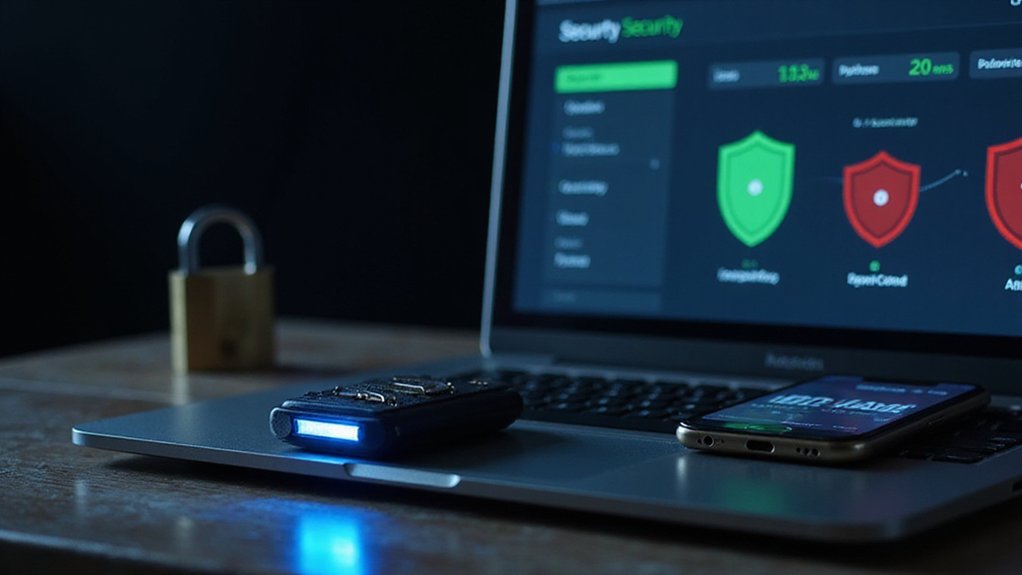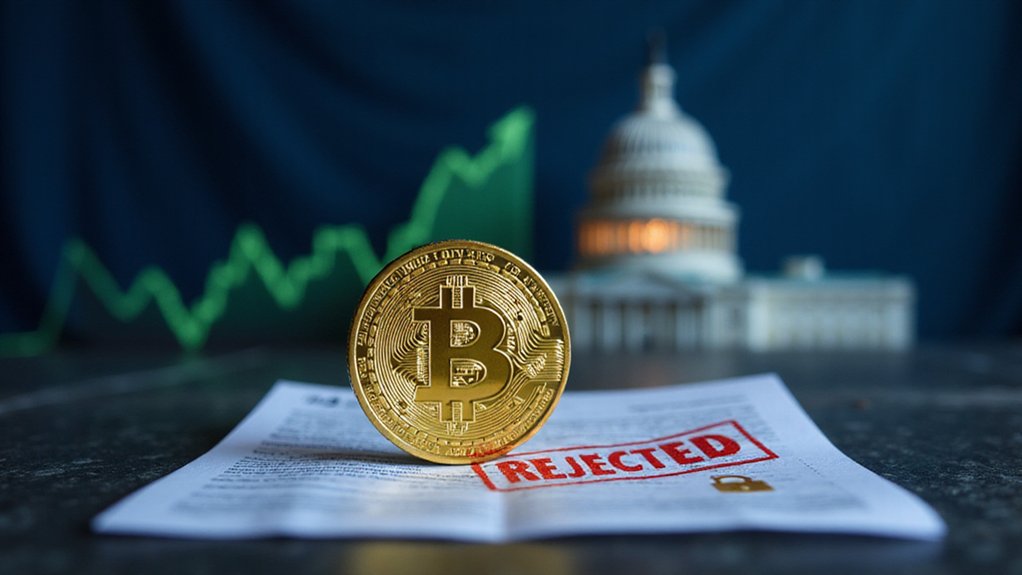As cryptocurrency adoption continues to surge worldwide, digital asset scams have evolved into increasingly sophisticated threats targeting investors of all experience levels. Recent data indicates a troubling 21% year-over-year increase in stolen funds, reaching $2.2 billion in 2024, with projections suggesting illicit addresses could receive up to $51 billion by year's end. Most concerning is the dominance of North Korean hackers, who have already stolen $1.34 billion, accounting for 61% of total crypto theft.
The alarming rise in crypto theft—now $2.2 billion and counting—signals a sophisticated evolution in digital predation across global markets.
Common schemes continue to plague the ecosystem, including phishing attacks targeting private keys, Ponzi schemes promising unrealistic returns, and fake ICOs mimicking legitimate fundraising efforts. The emerging threat landscape for 2024-2025 reveals concerning innovations, particularly AI-driven personalized sextortion attacks and sophisticated address poisoning scams. New data shows that these address poisoning scams have seen an alarming increase of over 15,000% in 2024 alone. Crypto ATM scams targeting elderly populations have resulted in $124.3 million in losses during 2023 alone.
"The 900% increase in crypto scams since the pandemic began demonstrates the urgent need for improved security practices among investors," according to cybersecurity experts. Investors can identify potential scams by watching for specific red flags: guaranteed returns, pressure to invest quickly, unsolicited investment advice (especially on dating platforms), and requests for cryptocurrency payments by purported government agencies. The irreversible nature of blockchain transactions makes recovery of lost funds extremely difficult once a scam has occurred. The immutability feature of blockchain technology that provides security for legitimate transactions also works against victims when funds are stolen.
Security best practices remain the most effective defense against these threats. Experts recommend using hardware wallets for significant holdings, enabling two-factor authentication on all accounts, and verifying URLs before accessing financial platforms. Regular password updates and thorough research before investing in any project are essential protective measures.
Regulatory frameworks are evolving in response, with California implementing the Digital Financial Assets Law licensing program and increased focus on crypto ATM regulations nationwide. Investors should report suspicious activities to relevant authorities and the FTC.
Education remains vital—staying informed about the latest scams through reputable news sources and understanding the fundamental technology behind cryptocurrencies can significantly reduce vulnerability to financial exploitation in this rapidly evolving digital asset landscape.





